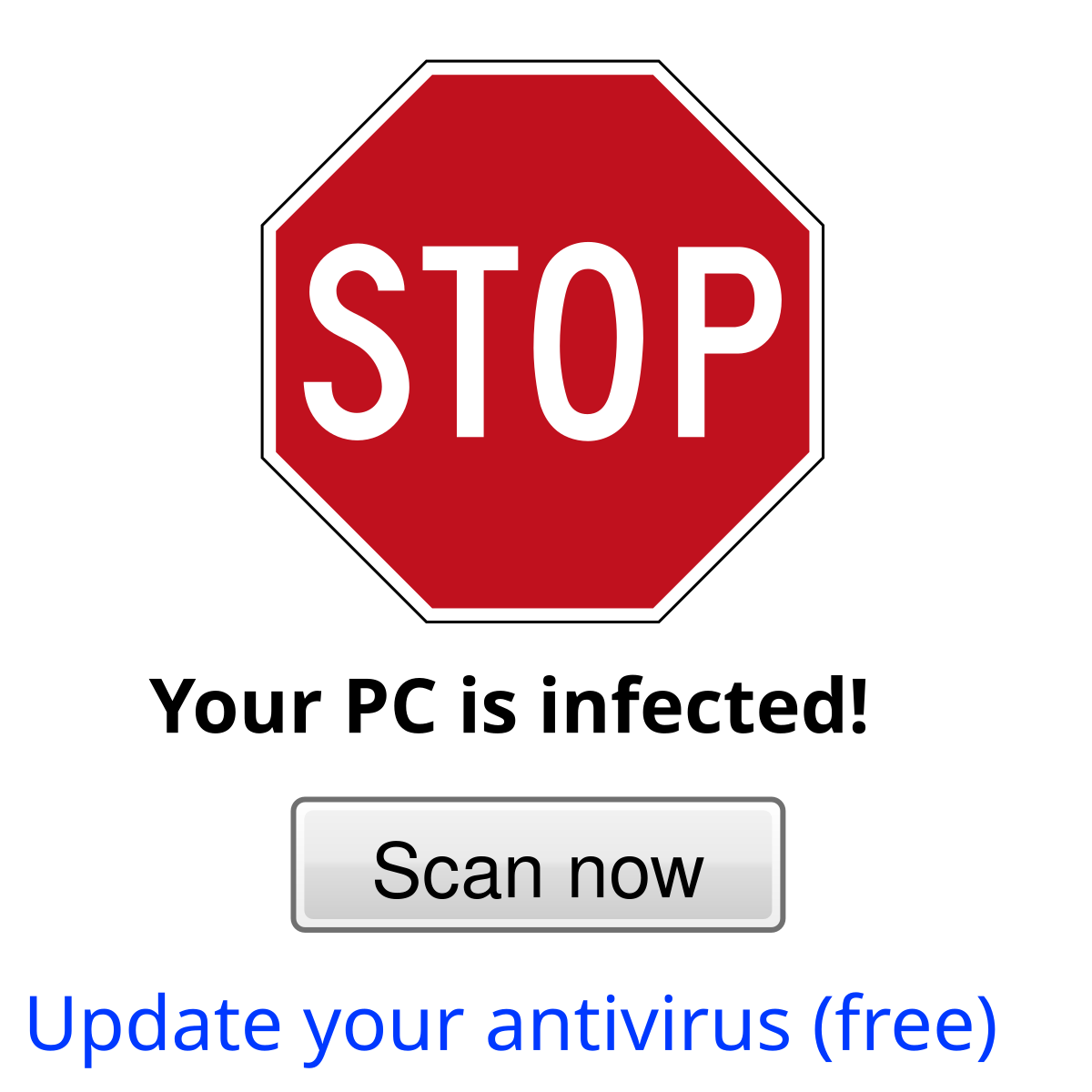I am at my wits end.
one of the sites on my server, www.cappeu.com, keeps being flagged by Google as a potential distributor of malware.
I have changed all passwords (admin, database, user) and even done a restore from over 2 weeks ago.
I have scanned with Sophos, Eset (online), Malwarebytes. All found nothing.
I'm scanning all my machines with several tools and finding nothing.
Any suggestions on what to do next gratefully received.
BTW, I've never found a hint of the problem myself. My restore was all the files and the database files for the site.
Thanks
T.
one of the sites on my server, www.cappeu.com, keeps being flagged by Google as a potential distributor of malware.
I have changed all passwords (admin, database, user) and even done a restore from over 2 weeks ago.
I have scanned with Sophos, Eset (online), Malwarebytes. All found nothing.
I'm scanning all my machines with several tools and finding nothing.
Any suggestions on what to do next gratefully received.
BTW, I've never found a hint of the problem myself. My restore was all the files and the database files for the site.
Thanks
T.






Comment